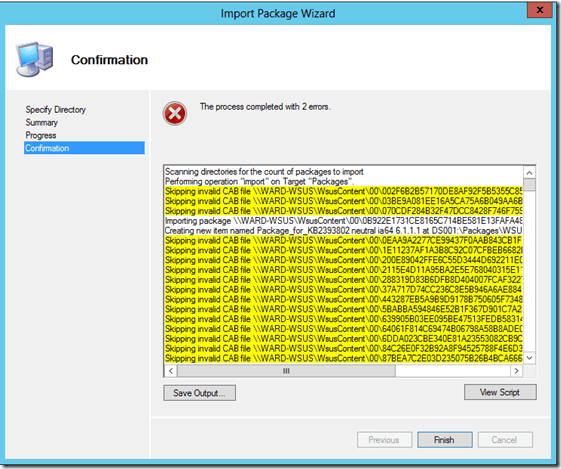Last year Ben Hunter published a PowerShell script that is designed to remove the built-in Windows 8 applications when creating a Windows 8 image. Well now that Windows 8.1 has been released it must update the PowerShell script to work with Windows 8.1.
The script below takes a simple list of Apps and then removes the provisioned package and the package that is installed for the Administrator. To adjust the script for your requirements simply update the $AppList comma separated list to include the Apps you want to remove. The script is designed to work as part of an MDT or Configuration Manager task sequence. If it detects that you are running the script within a task sequence it will log the to the task sequence folder otherwise it will log to the Windows\temp folder.
I chanced the script a little bit. I don’t want to remove some programs dat Ben Hunter did…
The Script:
<#
************************************************************************************************************
Purpose: Remove built in apps specified in list
Pre-Reqs: Windows 8.1
************************************************************************************************************
#>
#—————————————————————————————————————
# Main Routine
#—————————————————————————————————————
# Get log path. Will log to Task Sequence log folder if the script is running in a Task Sequence
# Otherwise log to \windows\temp
try
{
$tsenv = New-Object -COMObject Microsoft.SMS.TSEnvironment
$logPath = $tsenv.Value(“LogPath”)
}
catch
{
Write-Host “This script is not running in a task sequence”
$logPath = $env:windir + “\temp”
}
$logFile = “$logPath\$($myInvocation.MyCommand).log”
# Start logging
Start-Transcript $logFile
Write-Host “Logging to $logFile”
# List of Applications that will be removed
$AppsList = “microsoft.windowscommunicationsapps”,”Microsoft.BingFinance”,”Microsoft.BingMaps”,`
“Microsoft.BingWeather”,”Microsoft.ZuneVideo”,”Microsoft.ZuneMusic”,”Microsoft.Media.PlayReadyClient.2″,`
“Microsoft.Media.PlayReadyClient.2″,”Microsoft.XboxLIVEGames”,”Microsoft.HelpAndTips”,”Microsoft.BingSports”,`
“Microsoft.BingNews”,”Microsoft.BingFoodAndDrink”,”Microsoft.BingTravel”,”Microsoft.WindowsReadingList”,`
“Microsoft.BingHealthAndFitness”,”Microsoft.WindowsAlarms”,”Microsoft.Reader”,”Microsoft.WindowsSoundRecorder”,”Microsoft.SkypeApp”
ForEach ($App in $AppsList)
{
$Packages = Get-AppxPackage | Where-Object {$_.Name -eq $App}
if ($Packages -ne $null)
{
Write-Host “Removing Appx Package: $App”
foreach ($Package in $Packages)
{
Remove-AppxPackage -package $Package.PackageFullName
}
}
else
{
Write-Host “Unable to find package: $App”
}
$ProvisionedPackage = Get-AppxProvisionedPackage -online | Where-Object {$_.displayName -eq $App}
if ($ProvisionedPackage -ne $null)
{
Write-Host “Removing Appx Provisioned Package: $App”
remove-AppxProvisionedPackage -online -packagename $ProvisionedPackage.PackageName
}
else
{
Write-Host “Unable to find provisioned package: $App”
}
}
# Stop logging
Stop-Transcript
Like this:
Like Loading...







